Privacy Policy | Terms and Conditions | Disclosure Statement | License Policy
COPYRIGHT © 2024 | NUMBER 8 COOKING | ALL RIGHTS RESERVED.

Privacy Policy | Terms and Conditions | Disclosure Statement | License Policy
COPYRIGHT © 2024 | NUMBER 8 COOKING | ALL RIGHTS RESERVED.

Privacy Policy | Terms and Conditions | Disclosure Statement | License Policy
COPYRIGHT © 2024 | NUMBER 8 COOKING | ALL RIGHTS RESERVED.
Our family has treasured Grandpa’s homemade tomato relish recipe for decades. The vibrant red relish perfectly balances sweet and tart with a gentle warmth from spices like cumin, curry powder, and English mustard.
Grandpa was constantly tweaking and perfecting his relish recipe. We think he finally cracked the code with this addictively delicious version. We’re thrilled to finally share this coveted family recipe so it can become your new obsession!
ADVERTISEMENT CONTENT BELOW
When Grandpa made a batch, we all got some. It lasted only a short time, and even now, I share it with the family when I make a batch. However, I can never get the same flavor I remember when my grandpa made it.
Writing this article and recipe takes me down memory lane. My Grandpa passed away many years ago, so it is about time I shared his recipe. A recipe becomes more valuable when it is shared. This can also become your family’s treasured recipe from my family to yours.
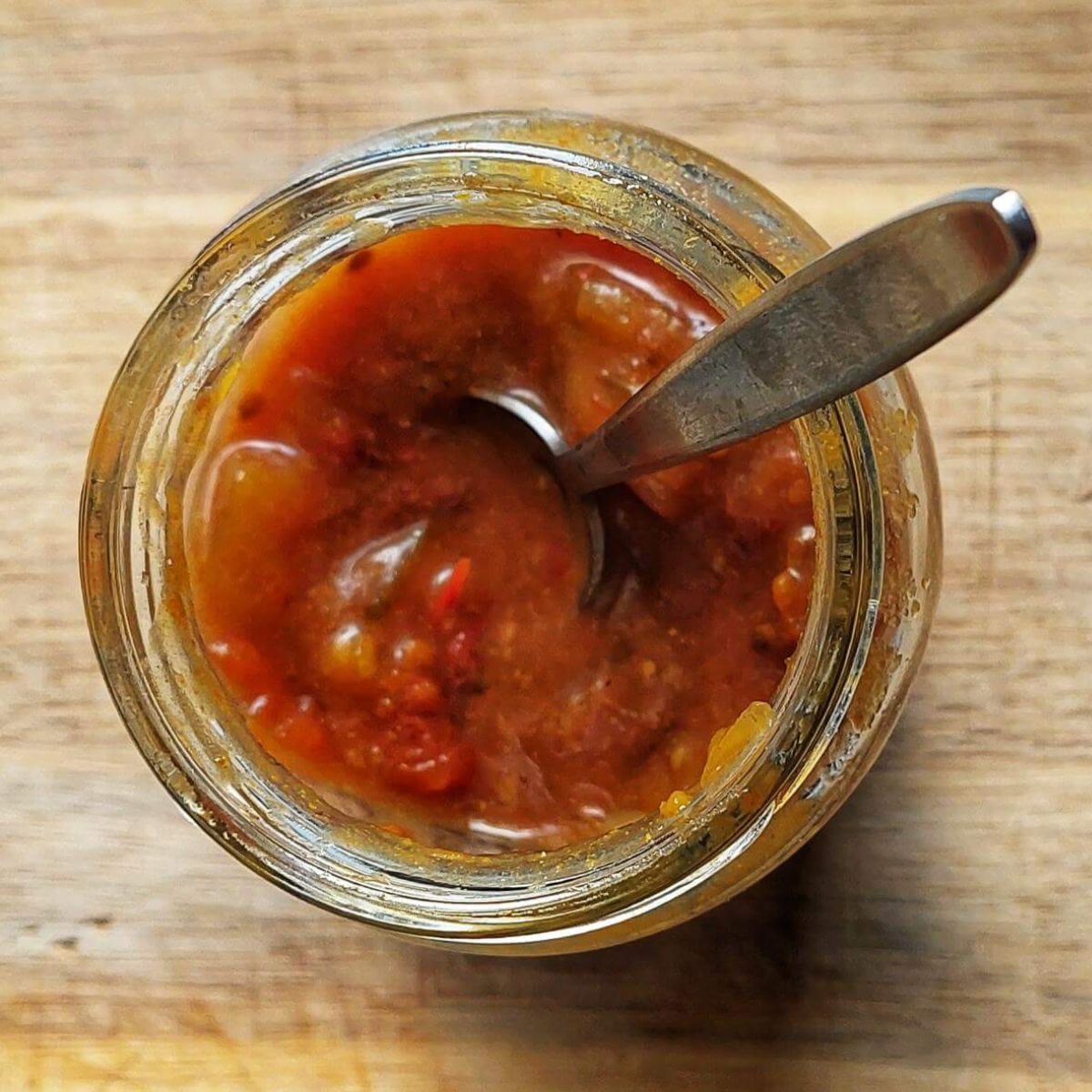
ADVERTISEMENT CONTENT BELOW
Grandpa was also a chef and he knew fresh tomatoes and great ingredients were key for letting the fresh tomato flavor shine. Over the years, he settled on using just a few simple whole food ingredients to perfectly complement the sweet and tangy tomato relish.
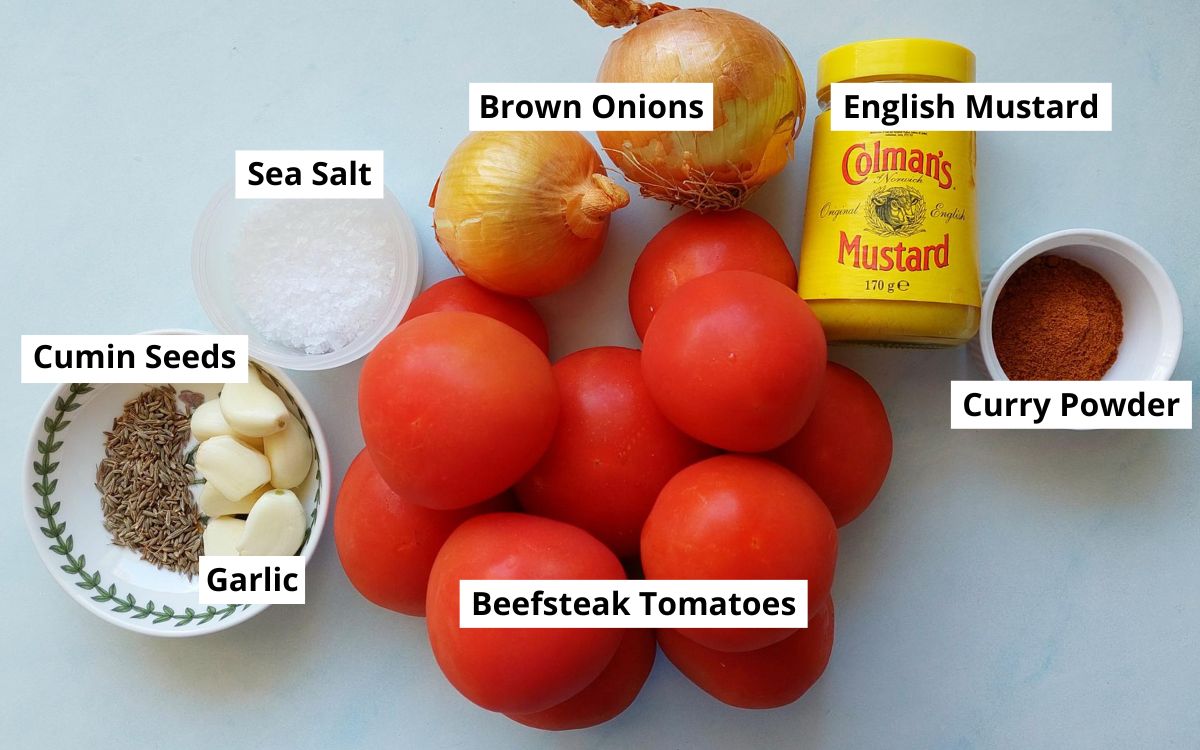
Chefs Pro Tip — When dicing onions, be sure to use a sharp knife instead of a dull one. A sharp blade makes clean, even cuts without crushing the onion and releasing as much acidic liquid that causes you to tear up. A blunt knife often mashes and rips the onion, spilling more of the intense onion juice that irritates your eyes.

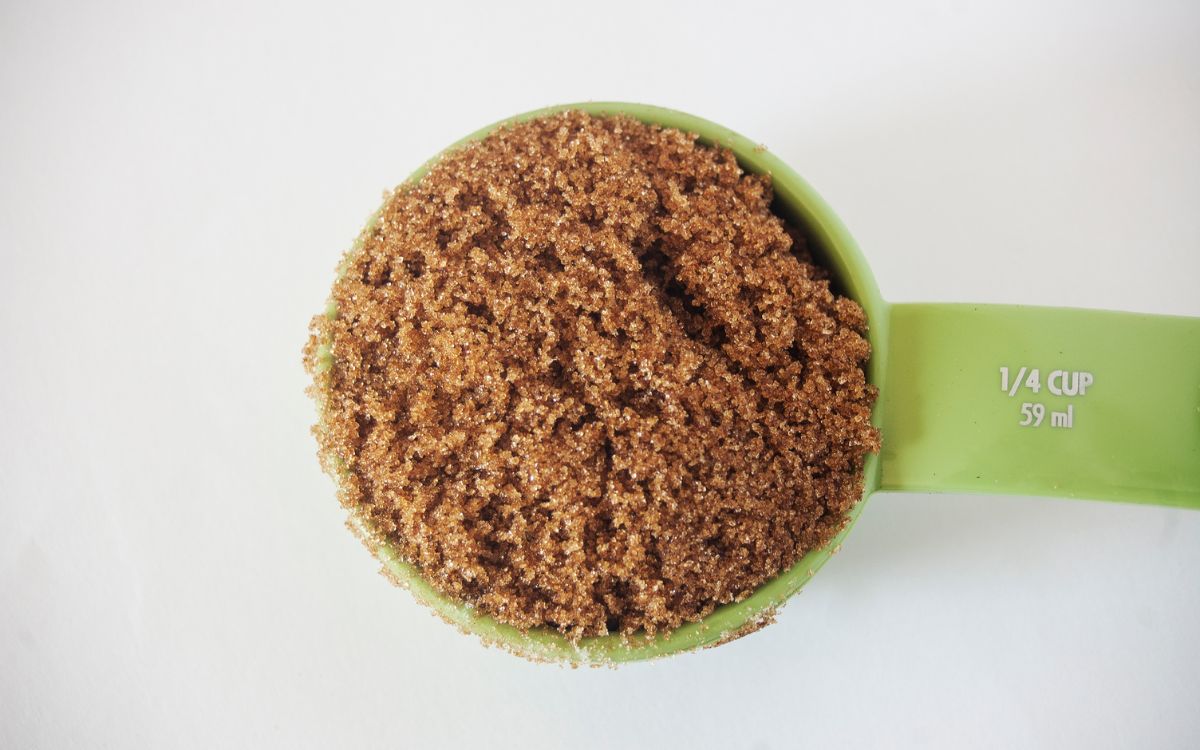
ADVERTISEMENT CONTENT BELOW
Grandpa didn’t keep an exact measured recipe. However, over the years, I have paid close attention to capturing his technique and amounts by sight, smell, and taste. Follow his simple steps closely for homemade tomato relish success!
This is something Grandpa would get me to do. Peeling the tomatoes removes the stringy bits of tomato skin that form when the tomatoes are cooked.
Remove the cores from the tomatoes and cut a small cross on the bottom. Drop fresh tomatoes into boiling water for 30-60 seconds, then transfer immediately to an ice bath to stop them from cooking. The skins will now easily slip right off. Now dice the tomatoes into evenly sized pieces.
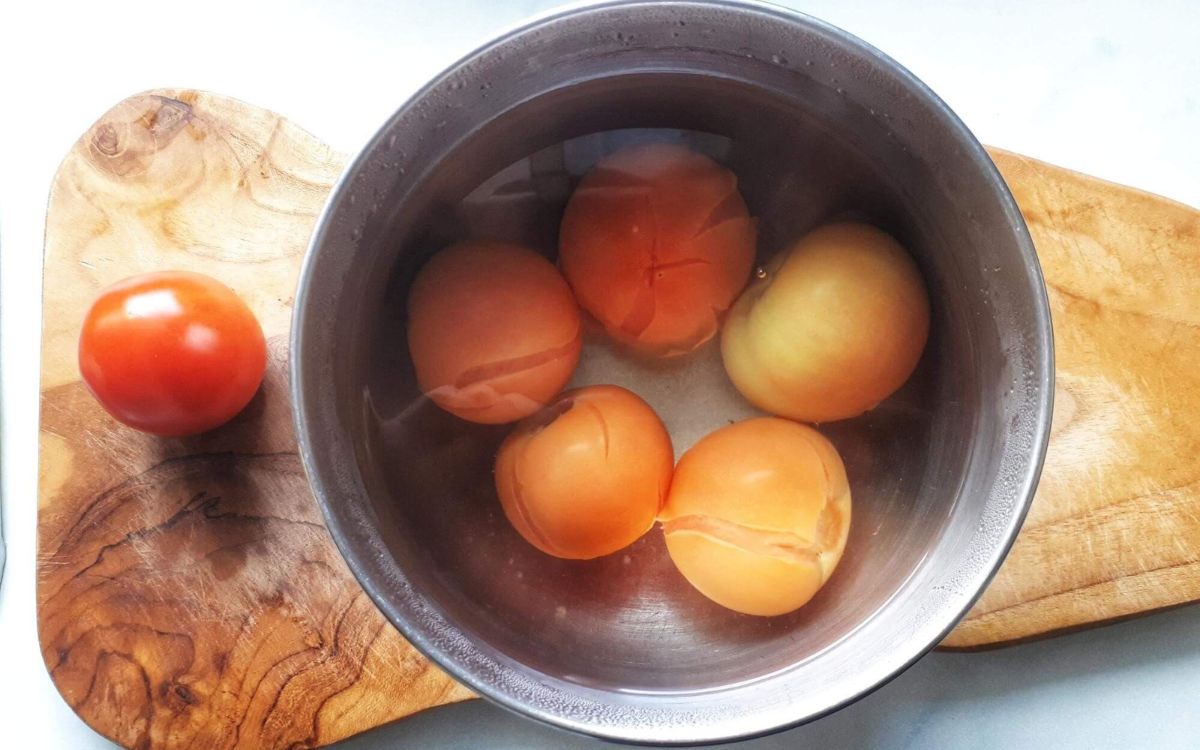
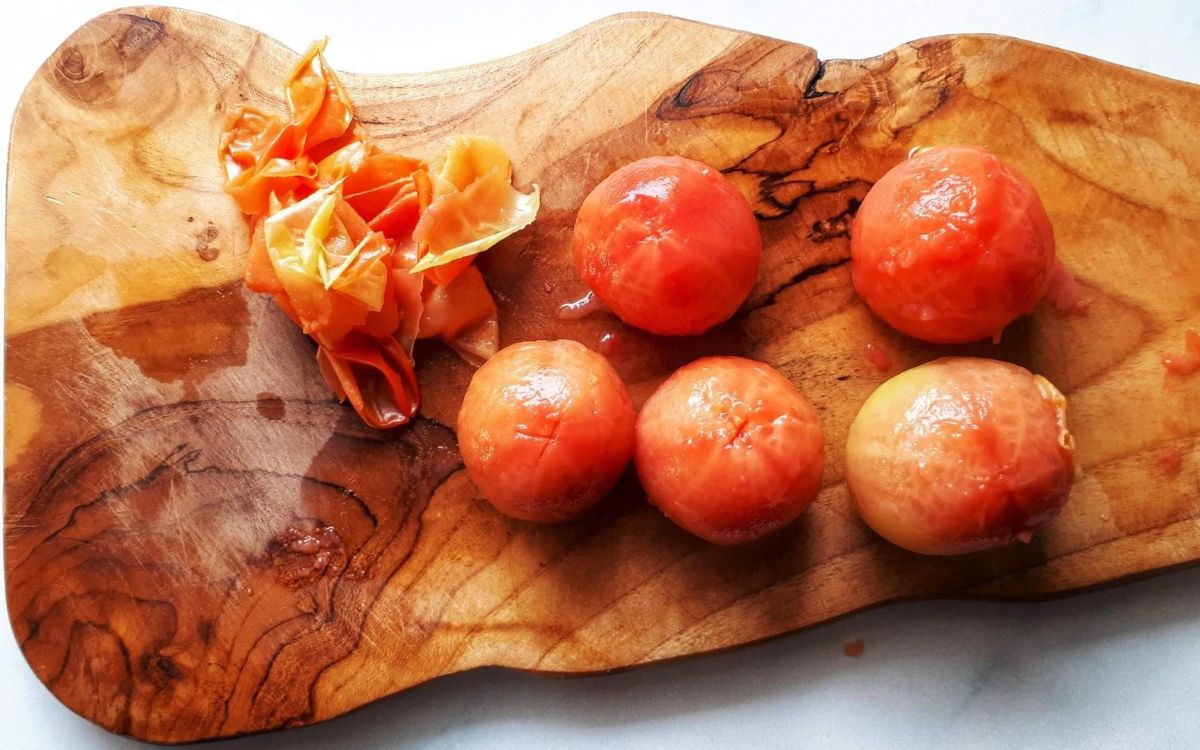
Blooming spices like cumin seeds and curry powder to release the flavor oils is paramount. Grandpa would heat them briefly in the same pot he used for the relish to impart extra warmth and fragrance.
Cumin — Adds earthiness and exotic spiciness. Grandpa would toast two tablespoons of whole cumin seeds with vegetable oil in his heavy stainless steel pot for 30 seconds. Or until fragrant.
Curry Powder — The curry powder contributes an exotic yet comforting Indian flavor note. Grandpa would then briefly toast two tablespoons to open their flavor notes before adding onions and garlic.
ADVERTISEMENT CONTENT BELOW
Before adding his chopped tomatoes to the pot, Grandpa would soften the onion and garlic by sweating them briefly on medium heat. Sweating them gently for about 5 minutes enhances the natural sugars and creates a beautiful sweetness to balance against the acidity of the vinegar and tomatoes.
Grandpa would slowly bring the relish to a simmer. He would then turn the heat down and let it tick over for 1 ½-2 hours.
Then, he mixed plain flour, curry powder, mustard, and water to create a slurry. This would be whisked into the homemade tomato relish to thicken it. He would then simmer it for 15 more minutes.
Grandpa’s coveted homemade tomato relish recipe is in all its sweet and tangy glory. This exact method and hand-crafted process reflect generations of relish-making traditions in Grandpa’s kitchen. Through the years, he perfected the most incredible tomato relish ever created.
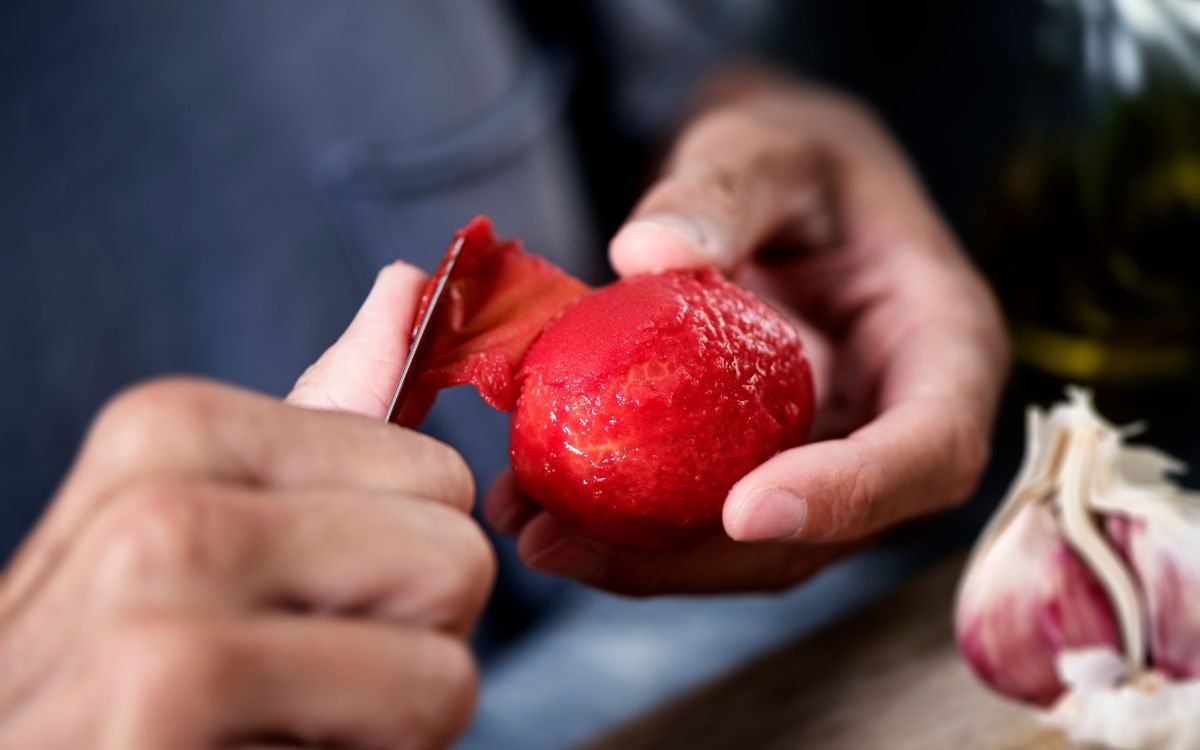
ADVERTISEMENT CONTENT BELOW
Chef Pro Tip — Always use stainless steel pots and utensils when making vinegary condiments like relishes or chutneys. Avoid using pots made from reactive metals like aluminum or copper. Unlike reactive metals, stainless steel’s nonporous finish won’t leach metallic flavors into the food or corrode from contact with vinegar’s high acidity.
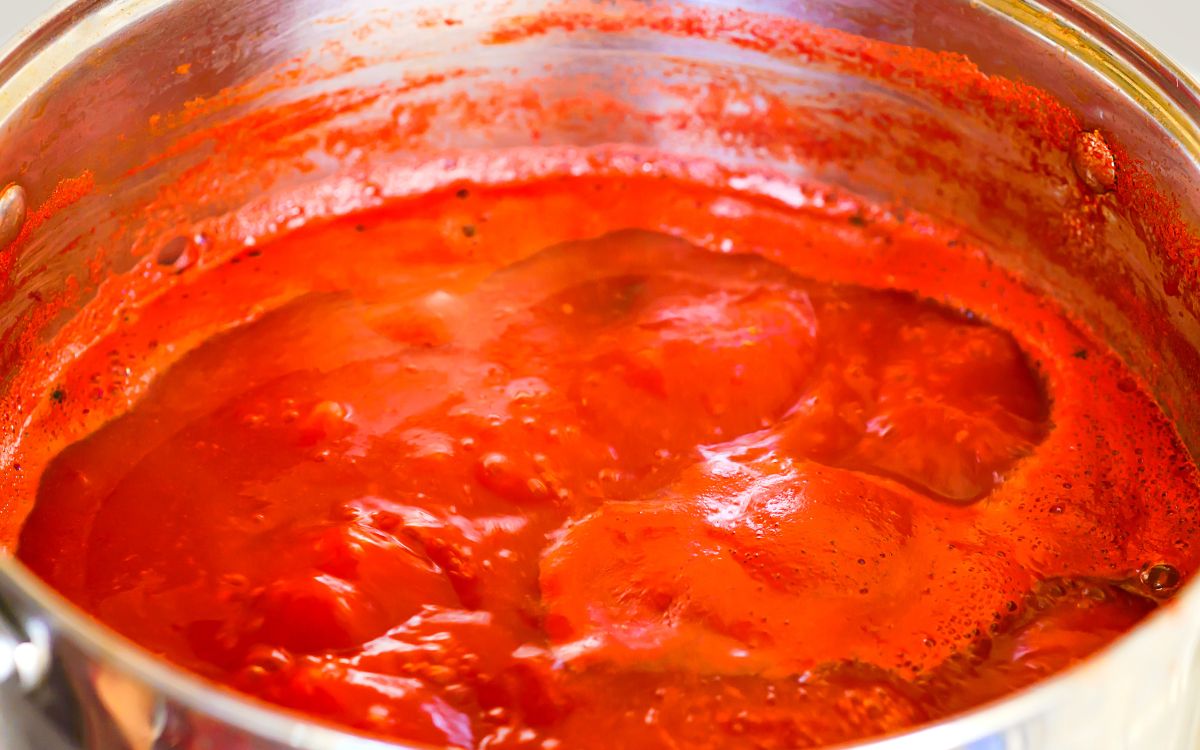
Chefs Pro Tip — Jar sterilization is essential. Make sure you wash and rinse the jars first. Place the jars on a towel to prevent cracking or breakage when adding hot, boiled water.
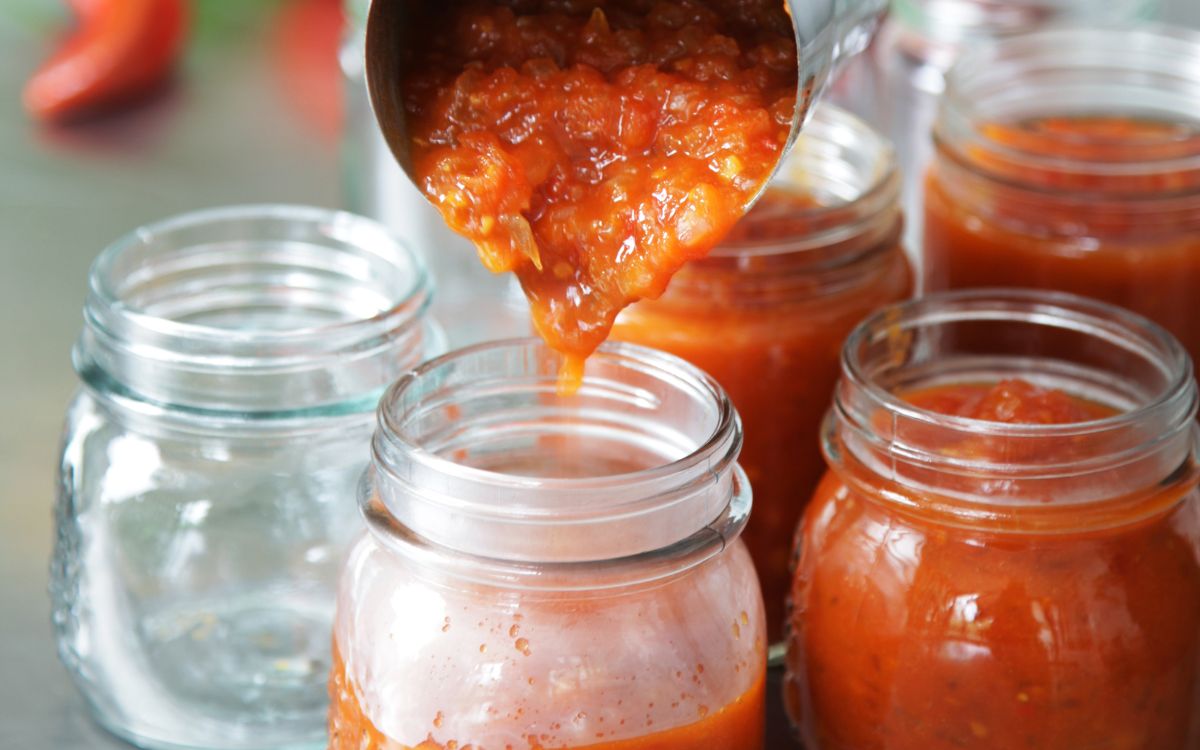
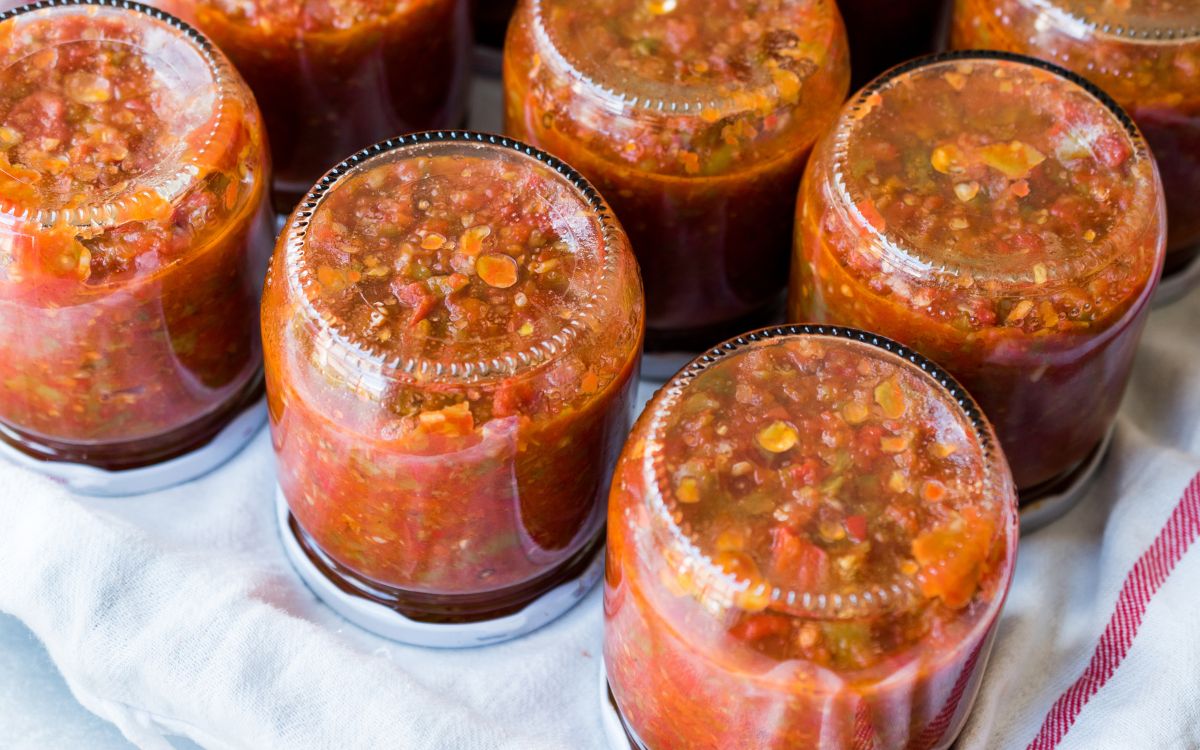
Grandpa’s homemade tomato relish has been a cherished part of my family’s traditions for as long as I can remember. The sweet yet tangy condiment has graced almost every barbecue, holiday dinner, and weekend brunch. Thanks to Grandpa tweaking his recipe into something truly special over the years.
I’m honored to finally share this coveted family recipe so his legacy can continue for generations. When I make a batch it fills the kitchen with nostalgic aromas and flavors that instantly take me back to childhood. I hope this recipe stirs up delicious memories and new family traditions in your home.
So find the ripest, juiciest tomatoes at your local farmers’ market, invite someone dear to share stirring duties, and discover why Grandpa’s homemade tomato relish became our family’s pride and joy. From my kitchen to yours, Grandpa’s homemade tomato relish.
The main differences between tomato relish and tomato chutney are the ingredients used and the texture. Both tomato chutney and relish use vinegar, sugar, and salt which are staple ingredients.
INGREDIENTS
Tomato chutney typically uses a fruit base and aromatics like onions, garlic, and ginger. Warm spices like cayenne pepper, coriander, cardamom, or mustard seeds. It has a jam-like fruit and tomato combo.
Tomato relish is usually tomato and vegetable-focused, highlighting ingredients like tomatoes, bell peppers, or zucchini. They are paired only with aromatics like onion garlic and spices like cumin, curry, mustard, or cayenne pepper. The flavor comes from the bright vegetable taste and sugar, vinegar, and salt.
TEXTURE
Tomato chutney has a thicker, jammy, or preserve-like consistency from cooking the fruit, sugar, and vinegar into a sticky, spoonable mixture.
Tomato relish maintains the texture of the vegetables. It has a naturally loose, saucy consistency that is great for spreading.
As someone who has made countless batches of homemade tomato relish over the years. Peeling those tomatoes is a labor of love.
I know it takes time when you likely have piles of ripe, juicy tomatoes. But trust me, taking the time to slip off those skins significantly affects the final consistency and texture.
Tomato skins can get unpleasantly chewy and stringy or bitter when cooked down. Leaving them on can skew the relish’s beautiful, sweet, tangy balance. Plus, the skins can get stuck in your teeth, giving the relish a stringy consistency.
I hope you have patience and take the time to peel those tomatoes. Getting the skins off ensures that vibrant, sweet, summery tomato flavor sings loud and proud. When making homemade tomato relish, that extra effort is so worth it!
For the best flavor, leaving homemade tomato relish to rest for at least 2-3 weeks sealed in sterilized jars before enjoying is ideal. This allows the flavors to fully develop and meld together into a harmonious balance of sweet and tangy notes. I know it’s tough, but resist cracking those jars too soon!
ADVERTISEMENT CONTENT BELOW
Cooking is a science and a skill that requires a deep understanding of both the technical and creative aspects. Cooking is also a matter of precise measurements and ratios.
For example, baking is particularly sensitive to accurate measurements and temperatures. A slight deviation in the amount of an ingredient or cooking degrees can result in a completely different outcome. So, to help you, here is a handy little unit converter tool for cooking without guesswork.
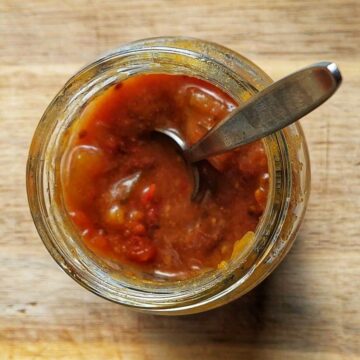
DISH SUMMARY
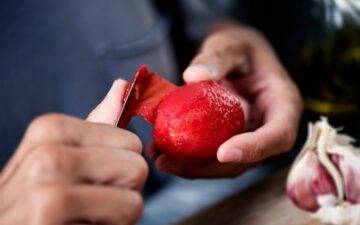
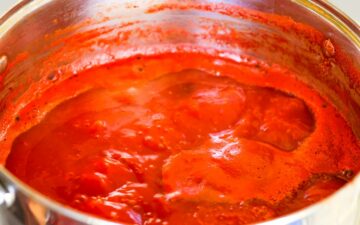
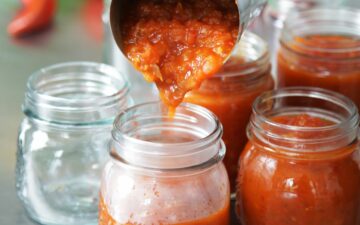
This recipe and its accompanying photographs are protected by copyright. While we encourage you to share or link back to this recipe. We ask that you do not copy and paste the full recipe onto social media or your blog.